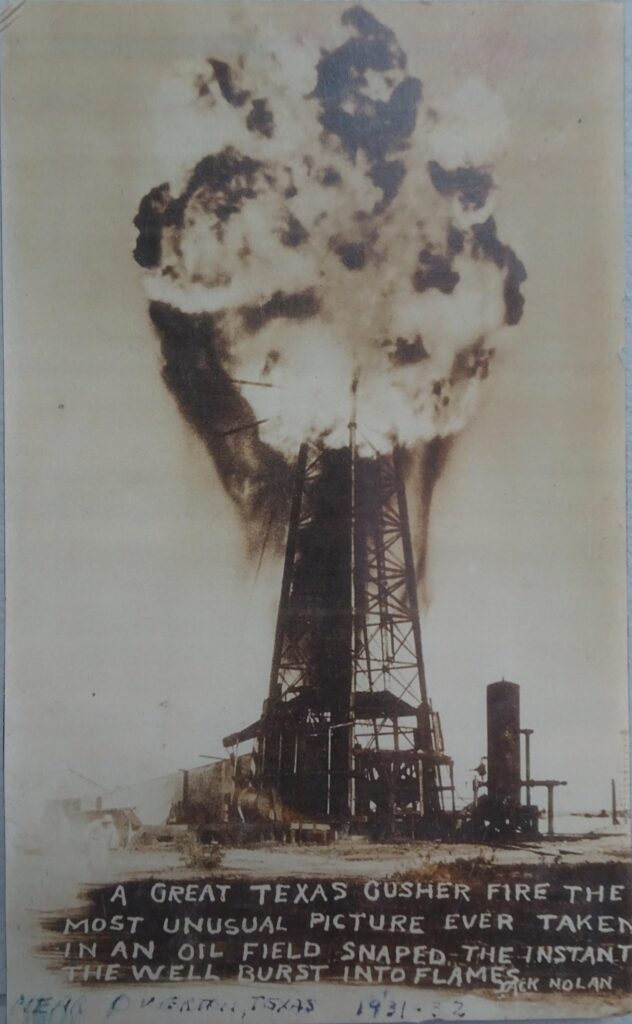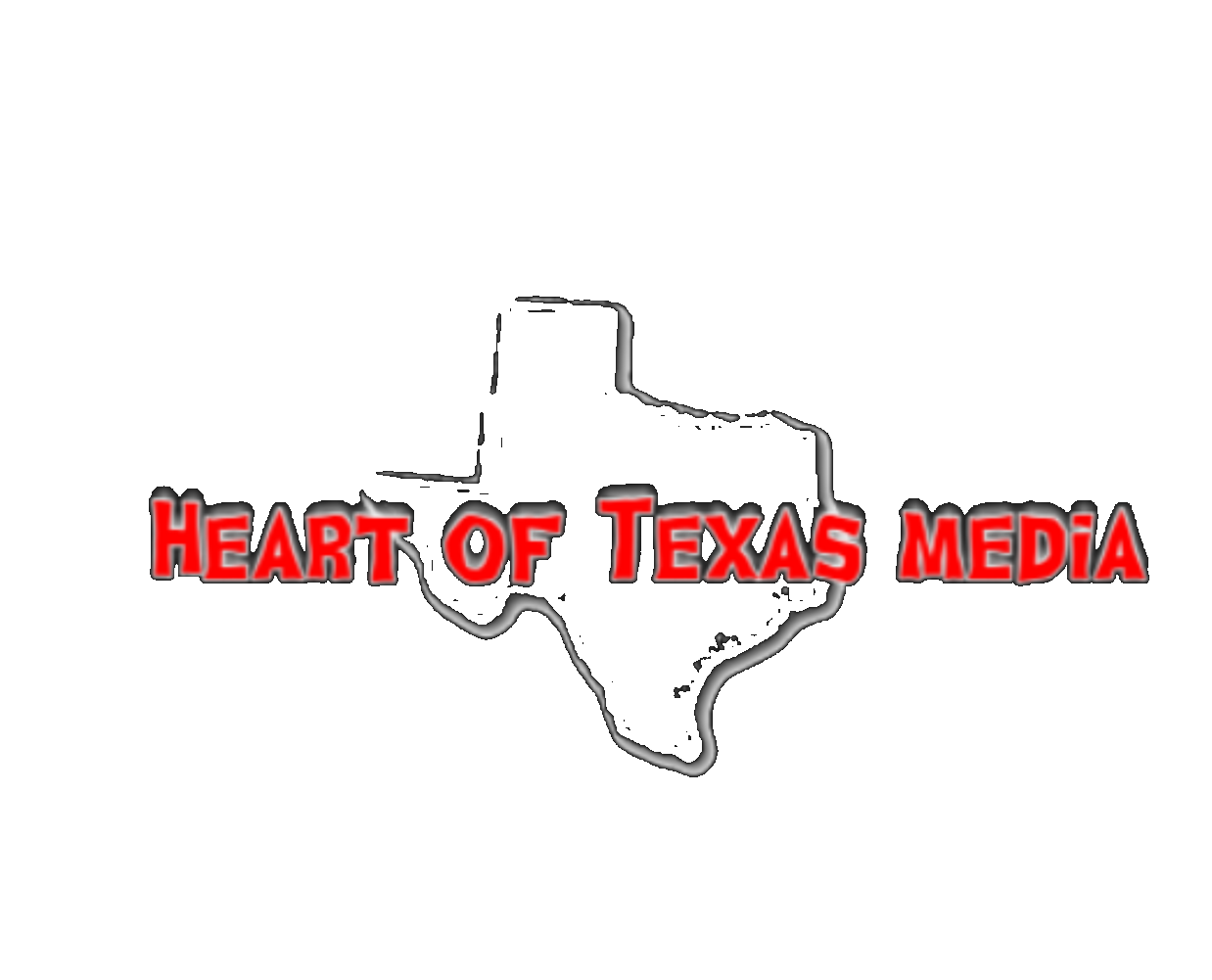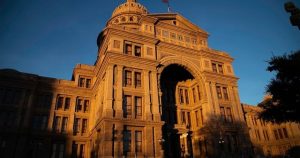From Discovery to Disaster: The Incredible Story of Skelly University No. 1-A Well

In the early 20th century, Texas was the land of opportunity for oilmen seeking to strike it rich. Among these dreamers was Robert R. Penn, a Dallas oilman who struck black gold in Ector County in October 1929 with the discovery of the Penwell Field. The area soon became crowded with competing operators, including the Skelly Oil Company, which set up its No. 1-a University well about half a mile south of the newly established boom town of Penwell.
The customary completion practice of the time was to stimulate the San Andres formation with nitroglycerin, a highly explosive liquid. On April 27, 1930, noted oilfield photographer Jack Nolan set up his camera to capture this procedure at the Skelly University 1-A. Nolan expected to photograph a geyser of oil, but he got much more than he bargained for.
As he clicked his camera, a massive explosion rocked the oilfield. The nitroglycerin had ignited, and flames shot up into the sky, illuminating the darkness. In the lower left corner of the photo, a roustabout can be seen running for his life, his silhouette barely visible against the fiery inferno.
Despite the danger, Nolan had the presence of mind to continue taking photos, capturing the scene despite the fury of the moment. His photograph became an iconic image of the oil industry’s early days in Texas, a testament to the danger and excitement of the search for oil.

The Skelly University 1-A well was recompleted six months after the fire and became a prolific producer, further adding to the riches of the Penwell Field. Today, the photograph is a reminder of the risks and rewards of the oil industry, as well as a tribute to the pioneers who helped shape the history of Texas.





